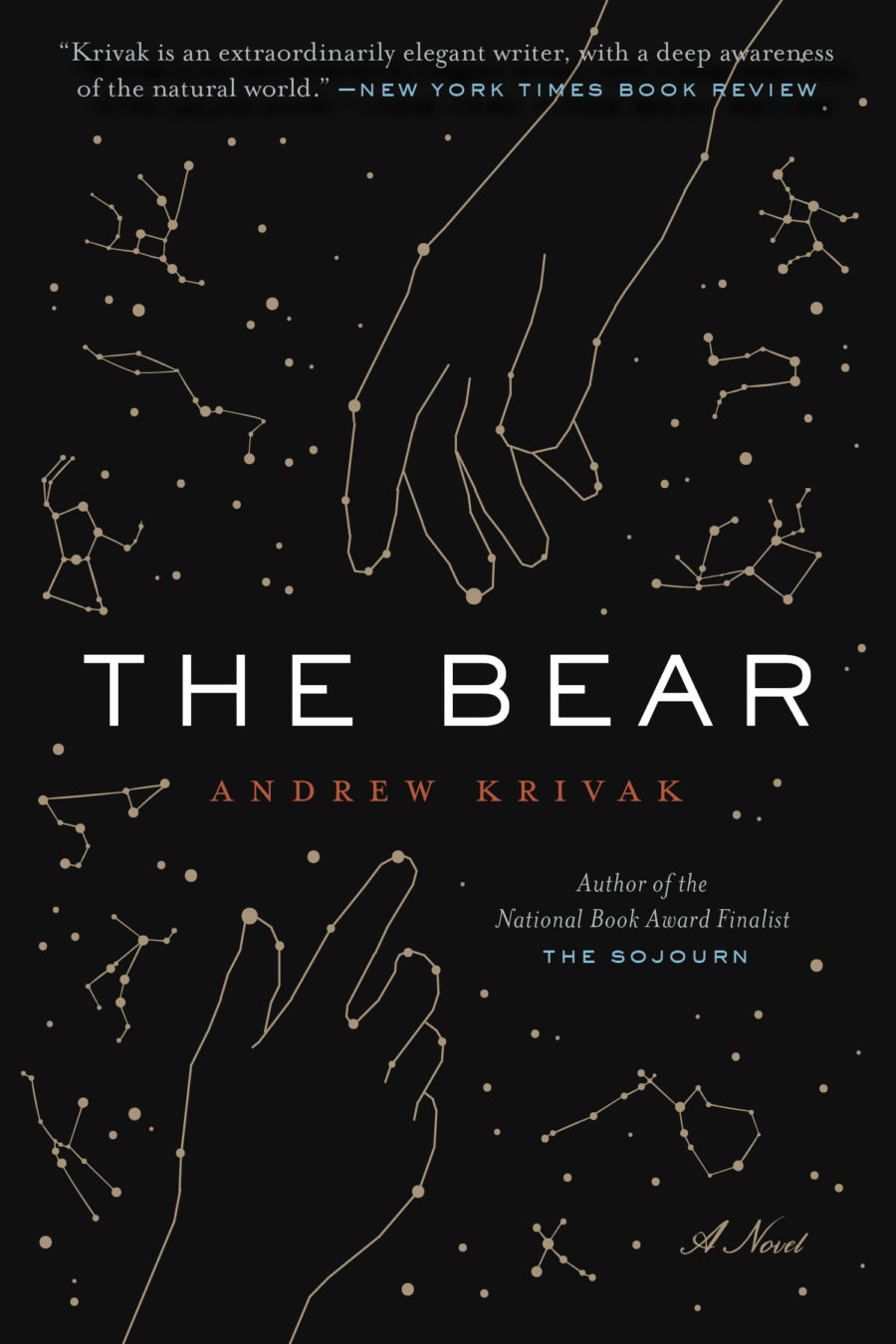A father and his nine-year-old son trek into the high mountains to hunt a mountain lion. Generations have hunted the lion and failed. The father had sworn to bring one home.
They depart in late in autumn when the snow shows the lion's tracks. The father patiently teaches the child. At night the boy still dreams of his mother who died in an accident several years before.
Fasano creates a world that can be experienced with all the senses, the iron smell of blood and woodsmoke ingrained in a child's glove, the abrasiveness of dancing on asphalt, the sound of the silent forest and the hound's sharp snarl, the pain of brokenness in soul and body.
Granite and scree, chickweed and bracken, the velvet of antlers caught on branches, snow and iced-over water---and the snow-hushed pad of a predator's footfall.
There is beauty there.
And danger and suffering and pain.
But isn't life dangerous and painful? A bird flies into the room and a woman intuits a premonition. A pony splits its hoof and we end its suffering. We lose our most dearly beloved.
When tragedy strikes, the father seeks revenge, like Ahab hunting the white whale. But the father is also hunted.
Can revenge end our pain? Or is grace found in forgiveness?
I came across Joseph Fasano on Twitter. He was reading a poem a day during lockdown. Sometimes he read other poets, and I enjoyed his choices. He also read his own poetry, which I found very moving. Learning of his first novel, The Dark Heart of Every Wild Thing, I was eager to read it.
Fasano's brilliant use of language, unflinching exploration of suffering bodily and psychic, and the passions of grief and vengeance make this a memorable read. The startling resolution is one of hope that in the dark heart of every wild thing one can also find grace.
I was given a free ebook by the publisher in exchange for a fair and unbiased review.
The Dark Heart of Every Wild Thing
by Joseph Fasano
Platypus Press
September 2020
ISBN: 978-1-913007-07-2
Pre-order $16.60; $20 paperback
Read an excerpt from the book at
Hear the author read an excerpt on Instagram at
from the publisher:
Deep in the mountains of British Columbia, a father-son hunting trip suddenly becomes a struggle for survival. Across an unforgiving landscape, and in pursuit of a fabled mountain lion, one man must confront both the wilderness around him and the wildness that resides within. Through wind, snow, and the depths of grief, he asks what price he is willing to exact on a world that ravages what we love, and whether redemption awaits those who can forgive.
Joseph Fasano is the author of four books of poetry. He was born in New York state’s Hudson River Valley and received degrees from Harvard University and Columbia University. His writing has appeared in The Times Literary Supplement, The Yale Review, and American Poets, among other publications.
Advance praise
Joseph Fasano has the heart and the ear and he puts them to magnificent use in The Dark Heart of Every Wild Thing. By turns mournful and thrilling, this story, told in precise and glorious prose, traverses the wild heights of grief, vengeance, tenderness, and love. It pierces. — Sam Lipsyte
A father, a boy, and a mountain lion. If it sounds like the start of a parable, that’s because The Dark Heart of Every Wild Thing has wisdom to share. But that wisdom is complicated, surprising, and at times even vicious. What seems at first like a quiet book is actually quite fierce, not unlike the big cat at the center of its story. This elegiac novel is a moving meditation on grief, love, and obsession. — Erica Wright
Joseph Fasano is a wonderfully gifted writer. He writes evocatively, lyrically, and never fails to surprise us with his revelations and illuminations. His insights are deep, his delineation of character and place immensely satisfying. He gives us a story that keeps resonating long after we have finished reading. — Nicholas Christopher













